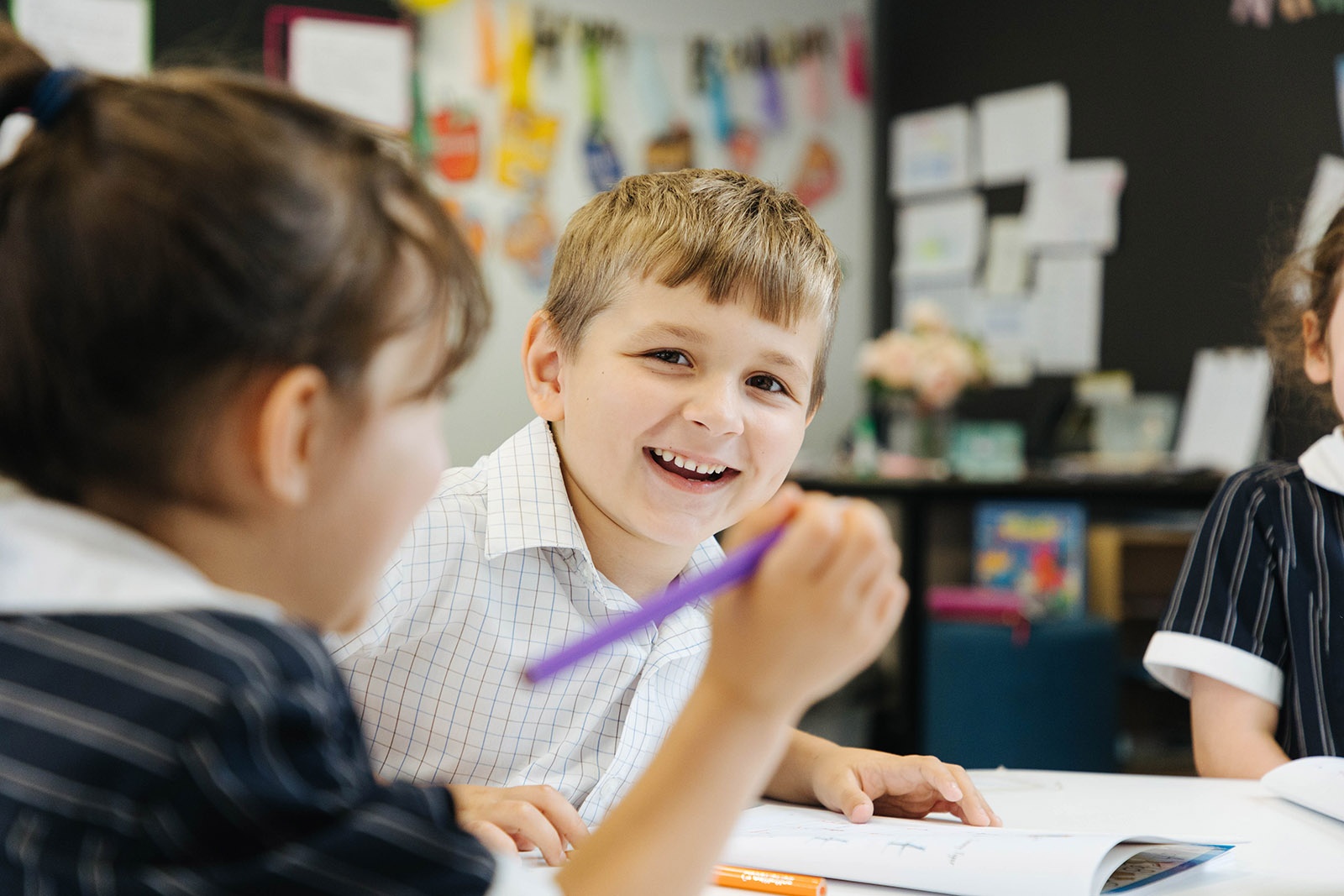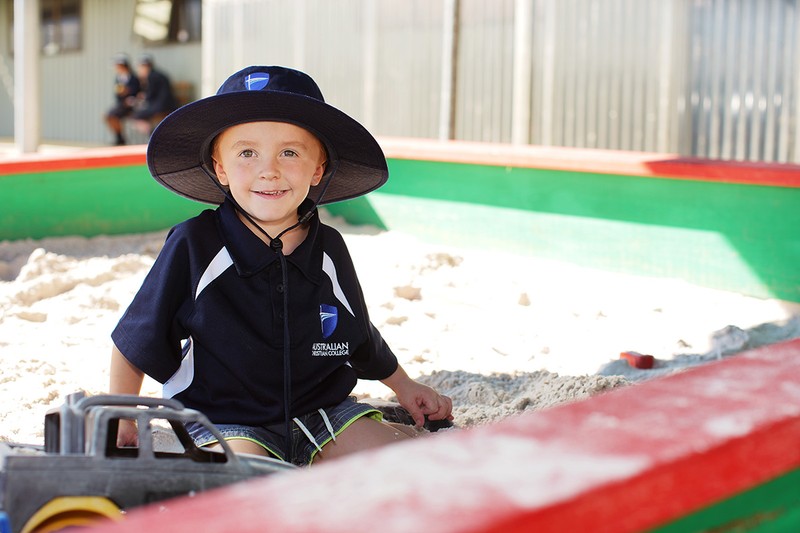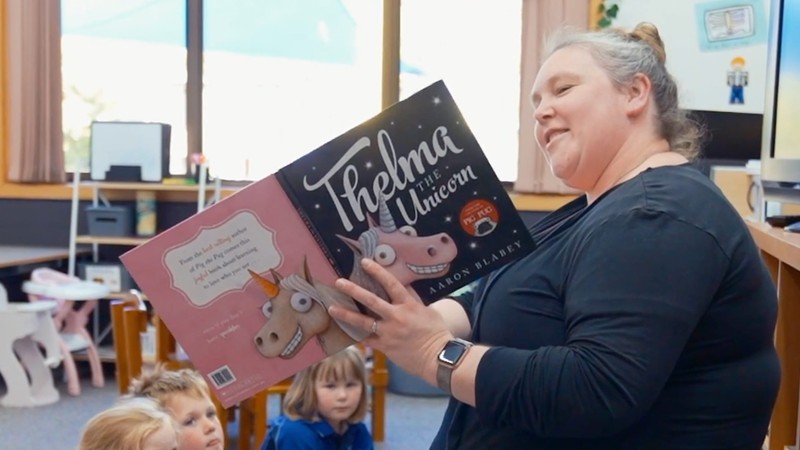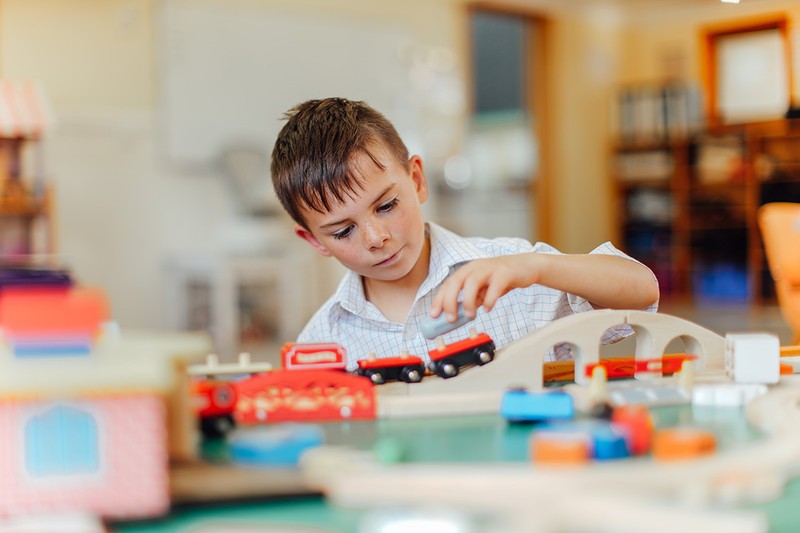
Kindergarten
Kindergarten is the start of a new phase in a child’s life. The kind of school beginning often sets the pattern for years to come. It is for this reason that we invite the close cooperation of parents or caregivers in educating a child.
Every parent wants the best for their child and desires to give them a happy and balanced start to their educational journey. That is why we offer an innovative and successful program that prepares children to confidently enter their Primary school years.
Kindergarten operates 3 days a week on a Monday, Wednesday and Friday from 8.45am to 3.00pm. The class operates as a combined Kindergarten/PrePrimary class on these days, which ensures that the children are exposed to the beginnings of Literacy and Mathematics and have the opportunity of learning from the older children.
Kindergarten …
- is a vibrant, nurturing environment where children develop a love for learning.
- harnesses children’s natural inquisitiveness and enthusiasm for learning.
- is a stimulating and exciting program that immerses children in literacy and numeracy.
- is a structured, play based program that uses the Australian Curriculum.
- develops social, cognitive, physical and emotional skills.
We believe that ‘A young child is a gift from God’ (Psalm 127:3). Our mission is to nurture and develop the gifts and talents God has created within each student. We also believe that ‘it takes a whole village to raise a child’ so we embrace the partnership with families.
Our school has a Christian emphasis throughout the program. Children will participate in morning devotions, praying, singing and learning stories from the Bible.



The Program
The five areas of learning and development in the Australian Kindergarten Curriculum are based on the five outcomes of the Early Years Learning Framework. They are:
Identity
Children have a strong sense of identity when they:
- Feel safe, secure, accepted and supported
- Act with increasing autonomy, interdependence, resilience and sense of agency
- Build knowledgeable and confident self-identities
- Interact with others with care, empathy and respect
Connecting and Contributing
Children are connected with and contribute to their world when they:
- Work with others to develop skills for communication and inquiry about themselves and their world
- Explore diversity and respond with respect
- Show respect for the environment
Wellbeing
Children have a strong sense of wellbeing when they:
- Become strong in their social and emotional wellbeing
- Take increasing responsibility for their own health and physical wellbeing
Learning and Thinking
Children are confident and involved when they:
- Develop positive dispositions for learning
- Develop a range of skills and processes for learning and thinking
- Engage in creative and inventive ways of thinking and doing
- Engage in and extend numeracy in personally meaningful ways
Communicating
Children are effective communicators when they:
- Interact verbally and nonverbally with others for a range of purposes
- Engage in and extend literacy practices in personally meaningful ways
- Understand how symbol and pattern systems work
- Express ideas and make meaning using a range of media
- Explore resources, tools and information communication technologies to represent ideas and their thinking
Play-based Learning
Learning activities include:
Indoors:
Language activities, stories, games and maths fun. Exploring the areas of painting, creating with waste materials, blocks, puzzles, drama play, computers and iPads, playdough, nature and science, social skills, songs, music and movement.
Outdoors:
Movement activities include running, climbing, riding, building, jumping, balancing, digging and experimenting. The children gain control over large and small muscles, while cooperating with others. They will develop their understanding of facts about the world around them and use their imagination and creative ability. Whilst developing these skills they will also learn to respect the rights of others, share, invite themselves into play and vocalise feelings.
To learn more, please phone Helen Noble on (03) 6435 6300 or [email protected].